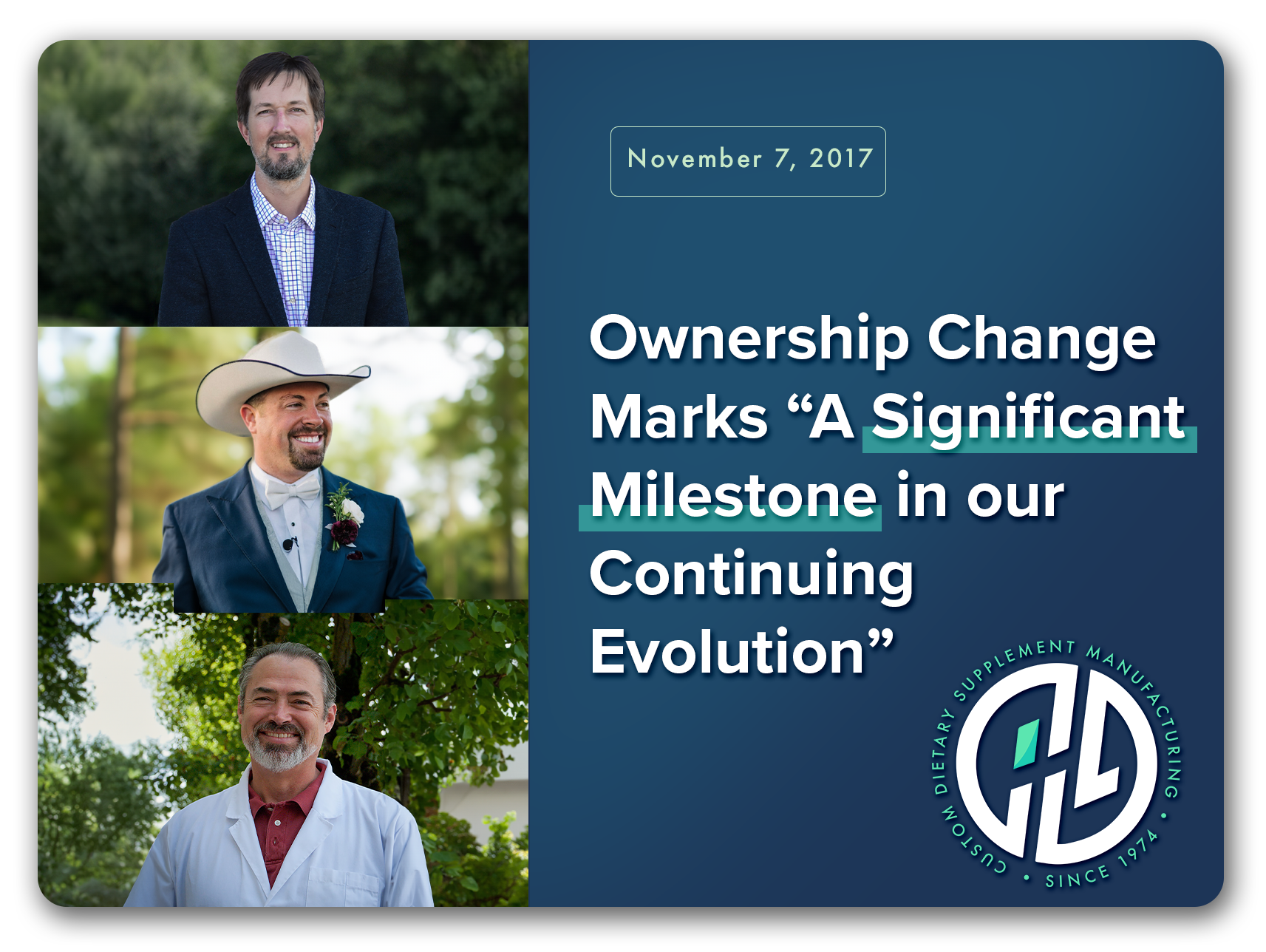As an example, let's say John is looking at creating an herbal formulation that is going to support the immune system, and he settles on an herbal material that affects that immune function in the body. Once he’s established what that herbal material is, then he wants to look at a second ingredient that supports the herb. There are two ways to look at that:
- Literally how it supports the herb – either bioavailability or absorption (i.e. bioperine or bromelain, a protease, something to increase in the absorption), or
- What would help at the cellular level to support immune function
For the sake of this post, we’ve decided to focus on American Ginseng, which is more of an adaptogen associated with the immune system. He would want to support American Ginseng with something to help it absorb better, and then vitamins. For example, our Cold Facts product has American Ginseng, Bioperine, and Vitamin D3. The entire formula is built around these three key ingredients.
Two of the ingredients act independently of each other, but they act in a comparable way. They act in the same direction – not necessarily on the same platform, but in the same direction. That’s important to note because you can get too many things acting in the same space, and then you get competitive inhibition. This is because they’re all trying to do the same thing at the same place and they’re all fighting against each other so that they can be the ones doing it – at the same place in the body, at the same cellular receptors. You don’t want to have competitive inhibition.
To help explain competitive inhibition, let’s shift our focus to digestive products. Our proteases for digestion are chymotrypsin and trypsin. That’s in the pancreas. We also add another material which activates in the stomach. Chymotrypsin and trypsin don’t activate in the stomach. They activate – after it goes over the duodenum – into the intestinal tract, so that’s when they become active. In the meantime, this other protease has already started activity. In order for the trypsin and chymotrypsin to be fully active, they have to have access to very specific amino acids. So, the original protease is starting to pre-digest and break apart the protein into smaller groups, which allows the trypsin and chymotrypsin to do their job. Without that, they’re stuck. They can’t get to those amino acids they need.
Bromelain is a non-specific protease, so John will also put that in there so it’s assisting the trypsin and chymotrypsin. However, if he has another non-specific protease (let’s say protease 6.0 or 4.5), and he has bromelain, and a third protease of another type in the formula, then all of the proteases are all trying to hit the same place at the same time. They’re not all going to be able to work. That formula will overpower the system. You don’t need to overpower things.
The bottom line - we formulate products with ingredients that work in harmony with each other and do not overdo it. Your body doesn’t need a lot of help because your body does a lot of these things on its own already. It just needs a little kick in the process - and that's where we come in.



